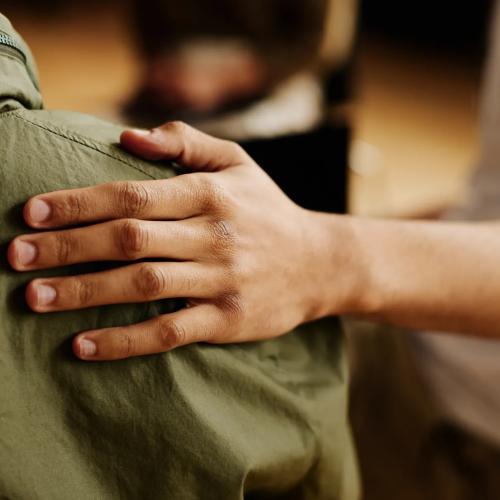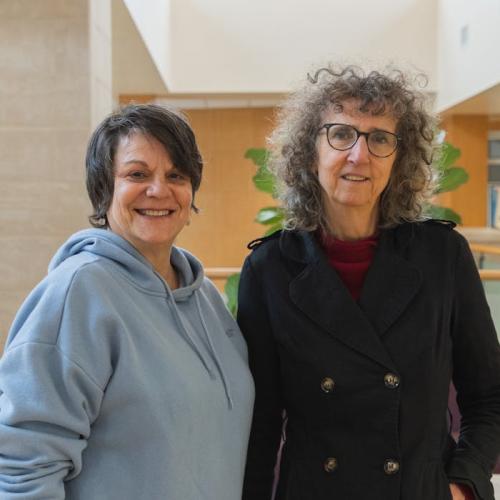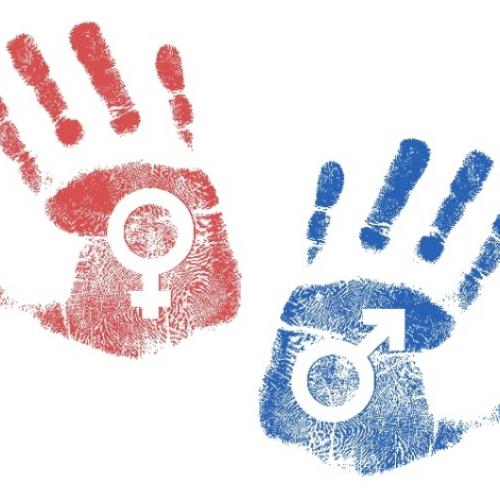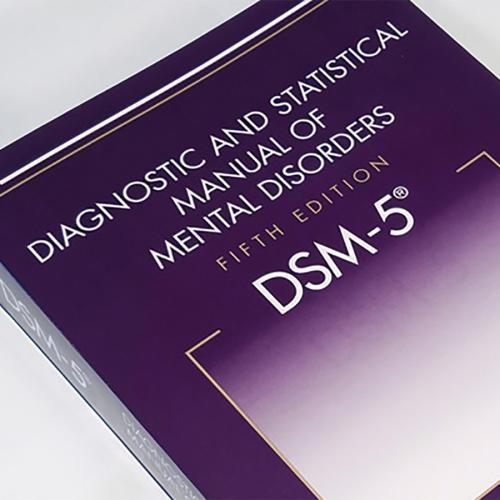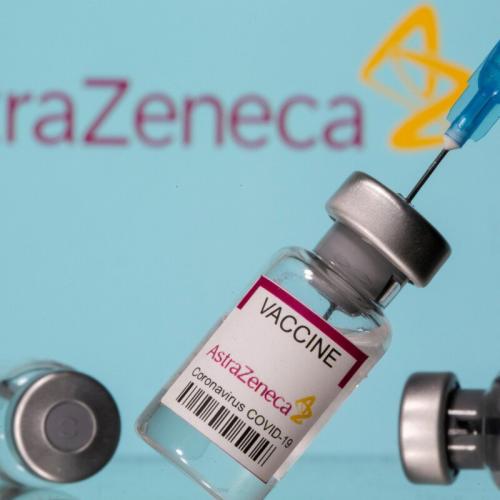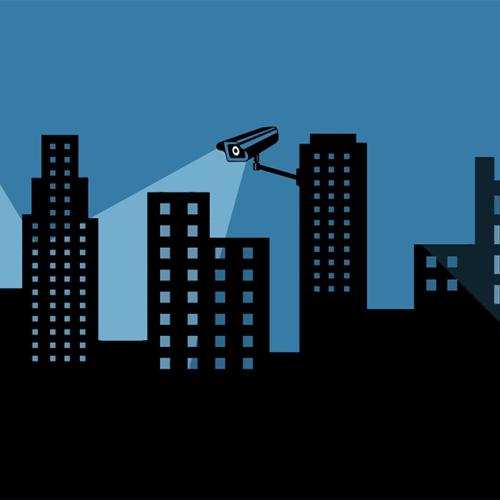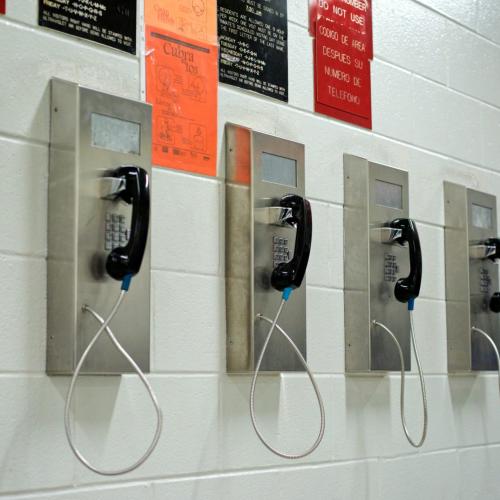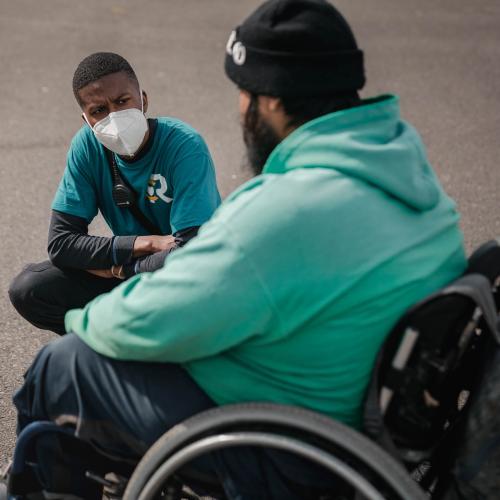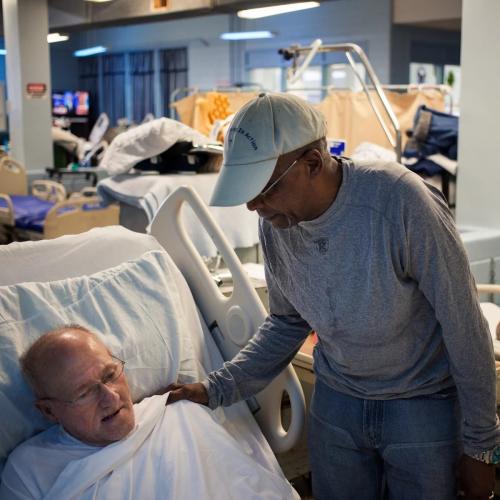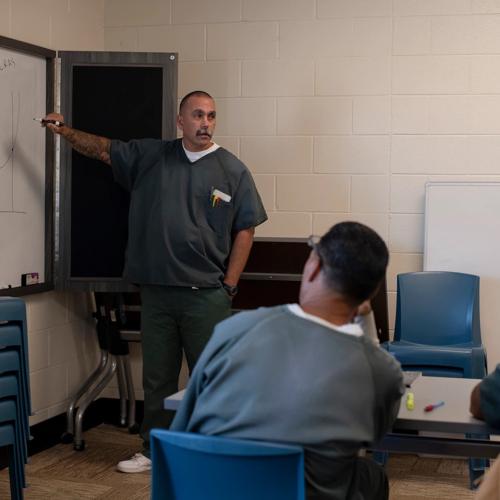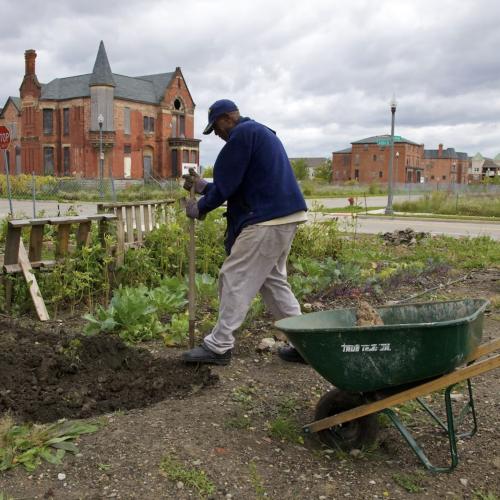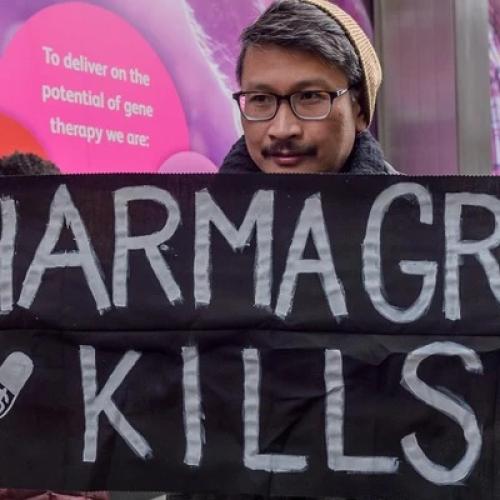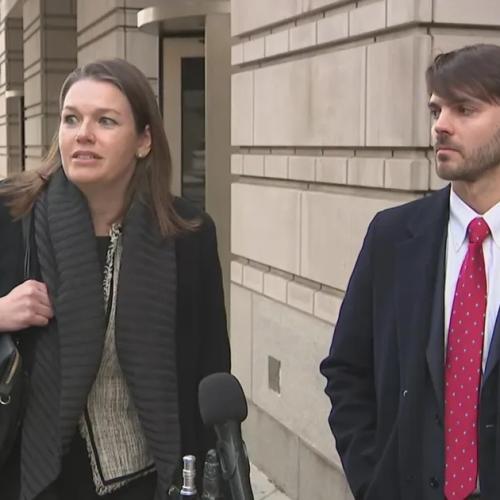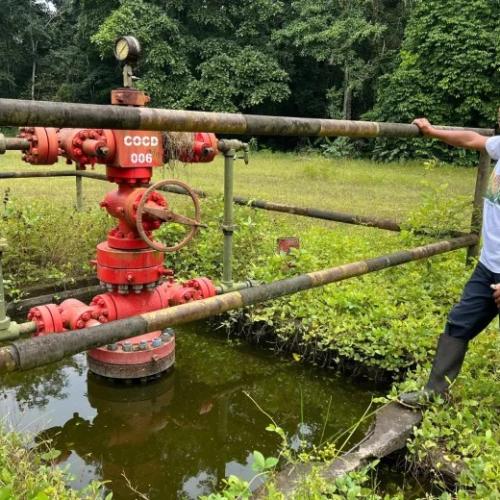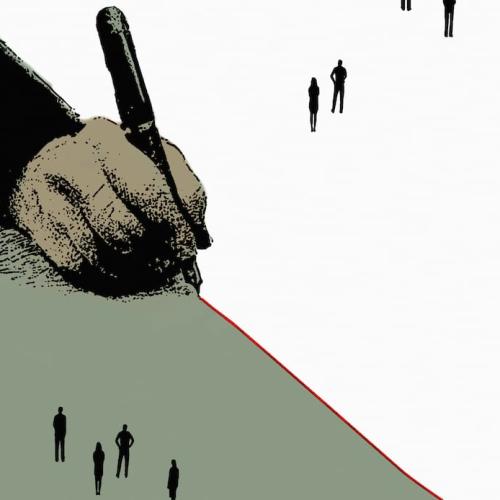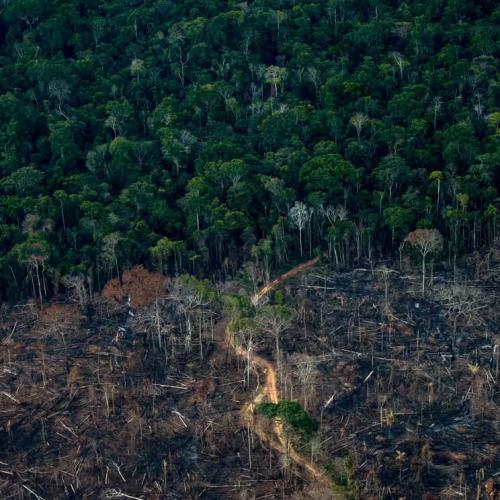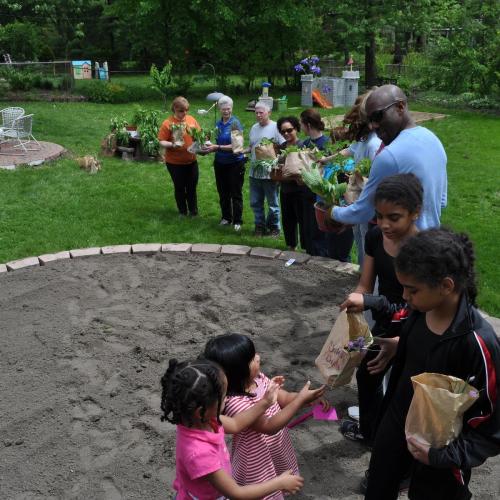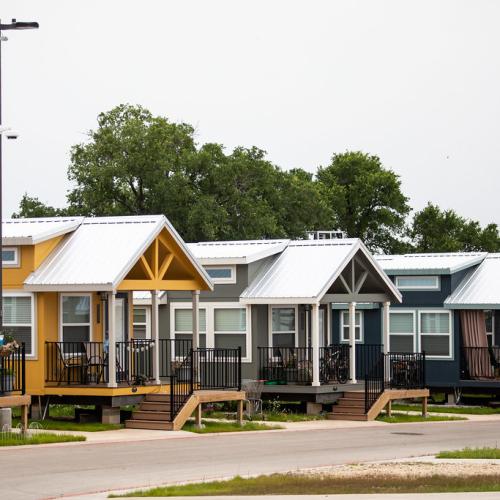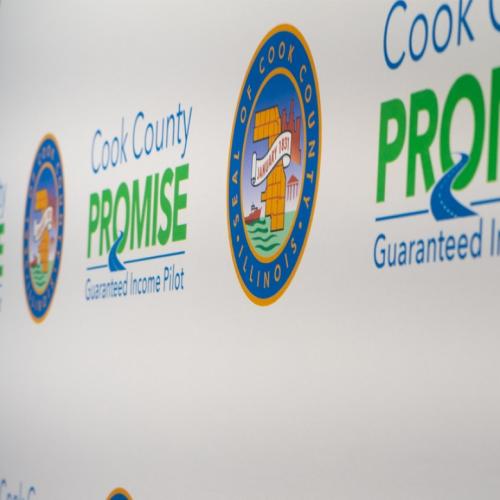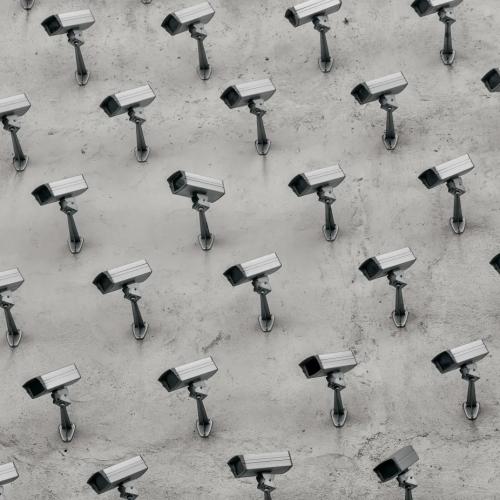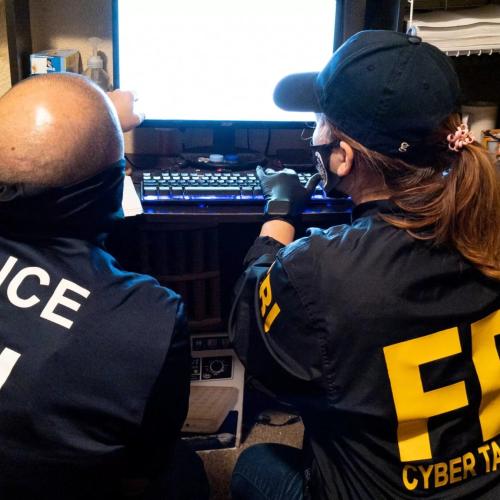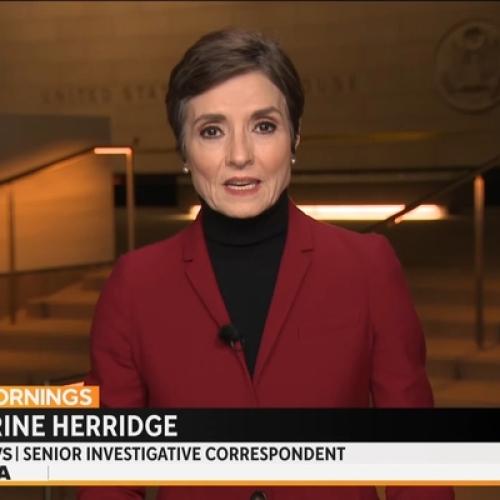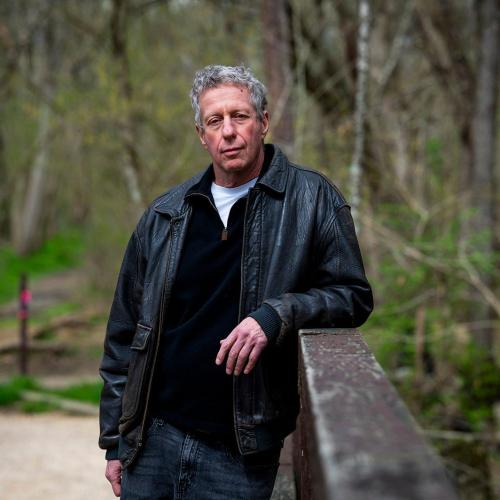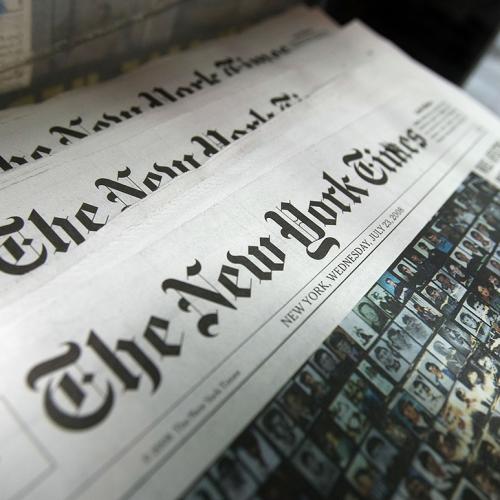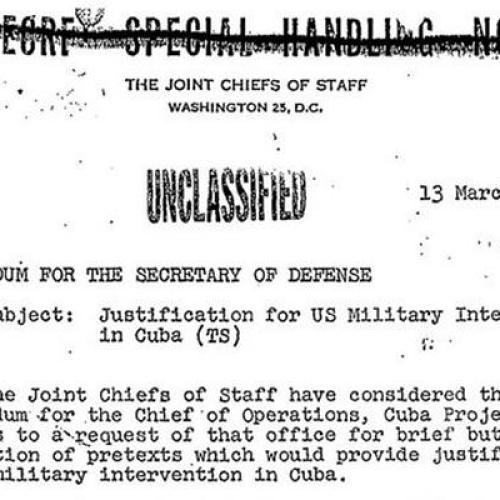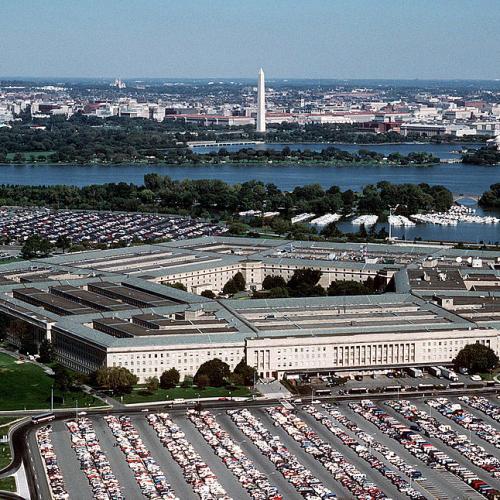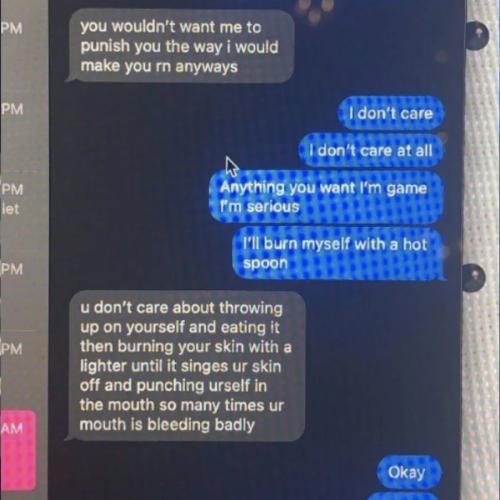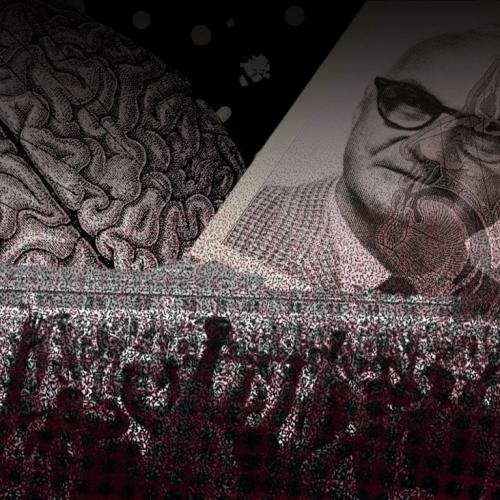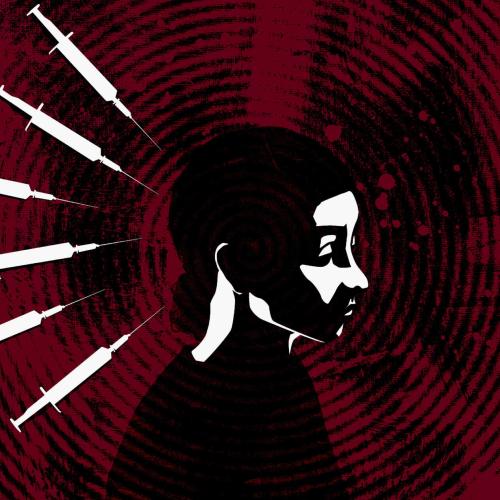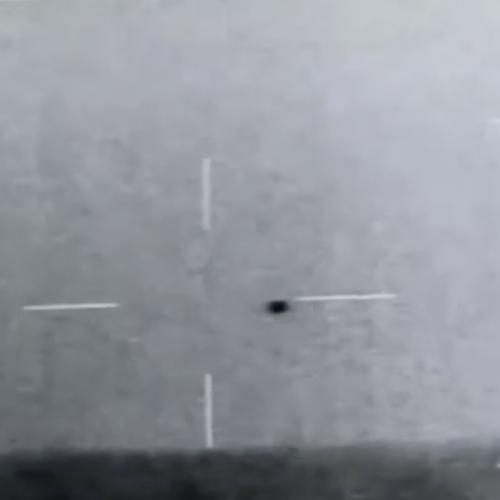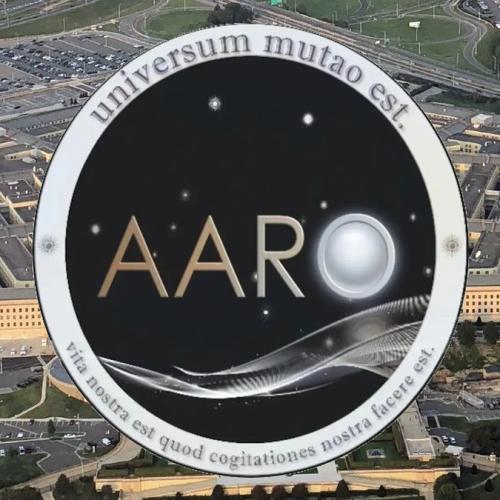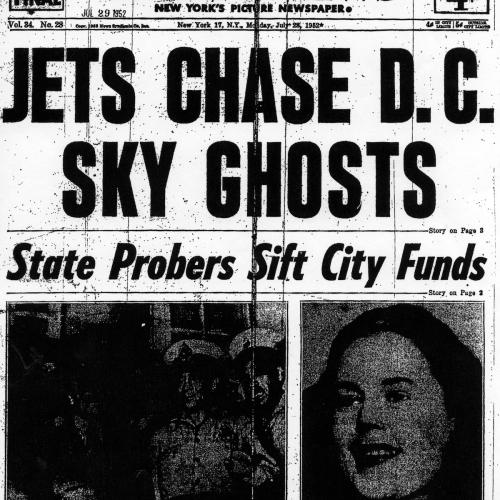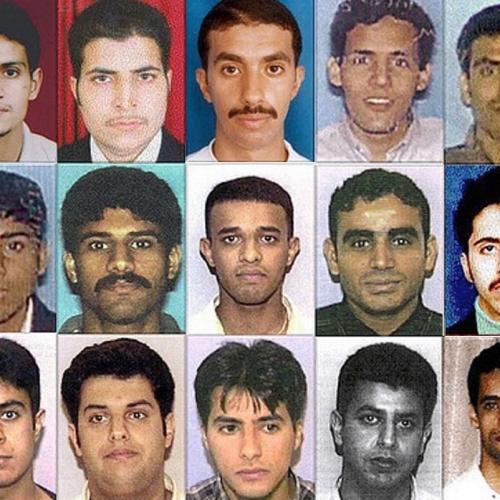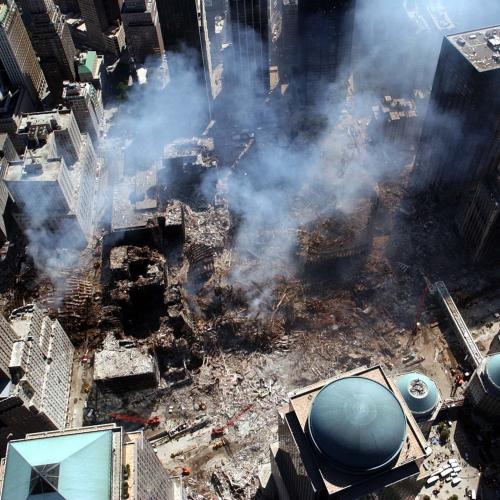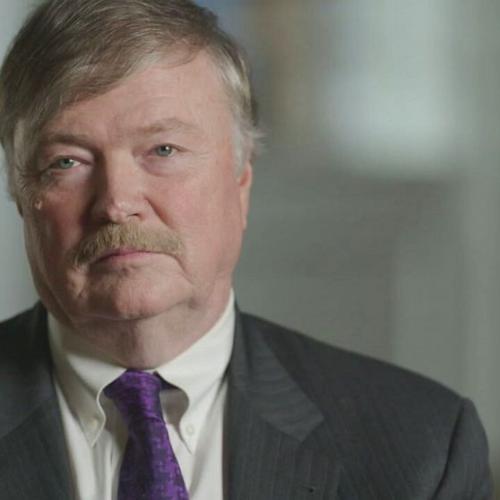Inspiring: Healing the War Machine News Stories
Below are key excerpts of inspiring news articles on healing the war machine from reliable news media sources. If any link fails to function, a paywall blocks full access, or the article is no longer available, try these digital tools.
For further exploration, delve into our Inspiration Center.
Colombia's version of the hit TV contest "Dancing with the Stars" hopes to show millions of viewers that former battlefield enemies can live side by side. John Pinchao, a policeman held captive in a jungle camp, often in chains, by rebels of the Revolutionary Armed Forces of Colombia (FARC) until he escaped in 2007, is now sharing the dance floor with ex-FARC child soldier Ana Pacheco, who joined the rebel group aged 14. The prime-time show comes at a time when the three-year-old peace talks between the Colombian government and the FARC are approaching the goal the two sides have set of signing an accord by March 23. If successful, this would end half a century of war that has killed 220,000 people and displaced 6.5 million, and would lead to some 7,000 FARC fighters handing in their weapons. As the March deadline for signing a peace deal looms, Colombians are considering to what extent they are ready to forgive FARC and accept former combatants back into society. For Pacheco, who left the rebel ranks when she was 16, the TV show is an opportunity to show the human face of former fighters. The producers of the TV show ... hope the unexpected line-up can foster empathy among Colombians with people who suffered during the years of conflict. "We want the show to awaken solidarity. We weren't just looking for great dancers and celebrities, what inspired us was to show the reality that faces Colombia, it's about living together," said Fox Colombia executive producer Oscar Guarin.
Note: Explore a treasure trove of concise summaries of incredibly inspiring news articles which will inspire you to make a difference.
Monty Roberts is taking his message of nonviolent communication and developing trust to military veterans, military police, and incarcerated youths with post-traumatic stress disorder. The key is to speak the horses language, which is gesture, he says. He has demonstrated an uncanny ability to speak this language, eliminating the centuries-long practice of breaking a horse with traditional methods. Roberts is considered the original horse whisperer ... spending a lifetime refining his system, teaching it globally through books, videos, TV shows, demonstration tours, and his own Equestrian Academy. At an evening at his ranch titled Night of Inspiration, Roberts told of overcoming an abusive father and the prickly resistance of the traditional equestrian community to become arguably the top horse trainer in the world. Now he is morphing into the role of advocate for the healing power of horses. Henry Schleiff, president and general manager of the Military Channel, summed up the results after about 400 people attended a clinic: The impressive, unique work that Monty Roberts has pioneered, using untrained horses as a therapeutic tool for veterans who are trying to work through anger and depression, is absolutely inspiring. Brigitte von Rechenberg, a professor of veterinary medicine, [said] There is trust and respect; there is no winner and no loser. Montys methods leave the horse his dignity. These concepts cause happiness to reach your soul.
Note: Explore a treasure trove of concise summaries of incredibly inspiring news articles which will inspire you to make a difference.
At Seeds of Peace, we bring kids from conflict zones together to learn to see each other and their differences in a new light. Now, our first generation of alumni are emerging as leaders. Case studies of conflict areas, including Northern Ireland and South Africa, have shown that progress toward peace does not typically result from one action or initiative; rather it is many activities on many levels that ultimately bring about change. In each case, strong leaders working across sectors have helped take incremental steps toward change even during the most difficult times. Our 5,061 graduates are positioned to play just that role. A team of our graduates in Pakistan and India has set out to change the way that people living in conflict learn history. During their Seeds of Peace dialogue encounters, they realized that they were being taught wildly different versions of the same shared historical events. This inspired them to create a textbook that, for the first time, juxtaposes their countries’ competing historical narratives. They have since led workshops for more than 600 Indian and Pakistani students, and their online curriculum has received more than 1 million views. Young leaders like these directly link what they do in their personal and professional lives to their experiences with Seeds of Peace: engaging with the “Other,” recognizing their leadership potential, and gaining a commitment to peace at a young age.
Note: The complete article above contains several inspiring stories about Seeds of Peace's incredible programs.
Think of it sort as an updated take on "Hoop Dreams," except that its basketball-playing dreamers use wheelchairs. And they live in Afghanistan, not the Windy City. Jess Markt, originally from the Portland, Ore. area, is ... at the center of "The League of Afghanistan," a new documentary film currently in development. In 2009, Markt, whose spinal cord was injured in a car accident at the age of 19 and [who] relies on a wheelchair to get around, traveled to northwest Afghanistan to coach a wheelchair basketball team hoping to create a nationwide league. When Aaron Cooley, a Los Angeles-based producer with Joel Schumacher's production company, caught wind of Markt's experience, he saw the seeds of a great film. Today, the documentary, which aims to tell the story of Markt's efforts to bring basketball to disabled men and women [throughout Afghanistan], is in its early stages of filming. From Jess' perspective, he is the outsider American who comes into a legitimately ... hostile situation. For the local players, we're looking at how the introduction of this game can help rebuild the hope and the purpose that is in their own lives, which were shattered by their own injuries.
Note: Don't miss the inspiring video on this beautiful story. Explore a treasure trove of concise summaries of incredibly inspiring news articles which will inspire you to make a difference.
International Conscientious Objection Day took place this week, on 15 May, and in the UK, a ceremony was held at the CO Commemorative Stone in Tavistock Square, Bloomsbury. The UK has also recently seen the opening of a new memorial to COs, at The National Memorial Arboretum in Staffordshire. The earliest recorded incidence of conscientious objection was in 296AD, when a Roman refused to serve as a soldier because of his religious beliefs; he was killed, but subsequently canonised as Saint Maximilian. The term 'conscientious objector', however, only gained currency during the First World War, following the implementation of conscription in 1916. In Britain, over 16,000 men refused to fight. While it is well known that many with strong religious beliefs objected, interestingly some war-resisters refused on socialist grounds: they would not fight brother workers, feeling that the average soldier was but a pawn of the ruling classes. Few were given total exemption. Many were forced to join the army or the Non-Combatant Corps (NCC), to serve in a supporting role to the armed forces. Many 'conchies' refused either option, and were sent to prison as a result. The abuses they suffered for their stance make for extremely grim reading, [as] told by David Boulton, in his book Objection Overruled. But word got out about such experiences and public feeling did move towards respect. It became recognised that to stand up and be counted as someone who would not fight required its own, very high, degree of courage.
Note: For a treasure trove of great news articles which will inspire you to make a difference, click here.
As diplomats and journalists dissect every word spoken by top Israeli, Iranian and American officials for signs of a potential Israeli military strike on Irans nuclear program, an online campaign to prevent just that has gained steam in Israel. The Israel Loves Iran campaign [was launched last week by] Israeli graphic designer Ronny Edry and his wife, Michal Tamir. For there to be a war between us, we must first be afraid of one another, we must hate, Edry says. Im not afraid of you. I dont hate you. I dont even know you. No Iranian ever did me harm. The site and its accompanying Facebook page are filled with photos of Israelis from all walks of life and the Iranians, We Love You slogan, with the subheader: We will never bomb you. On Friday evening, the page had almost 28,000 likes, and the campaign has raised more than $16,000 to print posters and keep the movement grow[ing]. Organizers say responses from Iranians around the world have poured in. Unfortunately, the stupid politicians in both countries are trying to separate these two rich cultures! wrote one responder. One of the more popular posts ricocheting around Facebook is of a man and woman kissing, with him holding up his Israeli passport as she flaunts her Iranian passport. Persian girls are sexy and adorable, the boyfriend wrote. Our cultures and backgrounds have never got in the way. We actually share the same ideals. According to a recent poll, [only] 19 percent of Israelis support a unilateral strike on Iran. Participant Talia Gorodess [commented], the more people join this campaign, the more, I hope, my government will think twice before doing anything foolish.
Note: To see the inspiring website of this campaign, click here. For the facebook page, click here. For a highly inspiring two-minute video of the campaign, click here. For the beautiful response from Iranians, click here. This is how we transform our world! To understand how the politicians and military leaders manage to manipulate us into war after war, read what a highly decorated general had to say at this link.
Only up close does it become clear that some of the bulky figures in armoured vests scouring the fields of southern Lebanon for unexploded cluster bombs are wearing hijabs under their protective helmets. Once local teachers, nurses and housewives, this group of women are now fully trained to search for mines and make up the only all-female clearance team in Lebanon, combing the undergrowth inch by inch for the remnants of one of the most indiscriminate weapons of modern warfare. Leading the women in the field is Lamis Zein, a 33-year-old divorced mother of two and the team's supervisor. She was one of the first recruits for the team, which was set up by the de-mining NGO Norwegian People's Aid. "We are good at what we do and we are showing that women can do any kind of job," [said Zein]. Their painstaking task became necessary five years ago this week, after Israel rained cluster munitions on southern Lebanon to a degree the UN condemned as a "flagrant violation of international law". The women's team works in tandem with other teams of searchers, all co-ordinated by the Lebanese army, to clear up the unexploded ordnance that still litters the countryside. "Women are more patient than men," said Zein. "That is why we are good at this job. We work more slowly and maybe we are a little more afraid than men."
Highly controversial since it opened in 2002, Guantanamo prison was set up by President George Bush in the aftermath of the 9/11 attacks to house suspected "terrorists". Why would a former Guantanamo Bay prison guard track down two of his former captives - two British men - and agree to fly to London to meet them? The last time Ruhal Ahmed met Brandon Neely, he was "behind bars, behind a cage and [Brandon] was on the other side". The location had been Camp X-Ray - the high-security detention camp run by the US in Guantanamo Bay. Mr Ahmed, originally from Tipton in the West Midlands, was among several hundred foreign terror suspects held at the centre. Mr Neely was one of his guards. Mr Neely, 29, ... left the US military in 2005 to become a police officer and was still struggling to come to terms with his time as a guard at Guantanamo. He felt anger at a number of incidents of abuse he says he witnessed, and guilt over one in particular. "The news would always try to make Guantanamo into this great place," he says, "like 'they [prisoners] were treated so great'. No it wasn't. You know here I was basically just putting innocent people in cages." This led to a spontaneous decision last year to reach out to his former prisoners. [Shafiq Rasul:] "At first I couldn't believe it. Getting a message from an ex-guard saying that what happened to us in Guantanamo was wrong was surprising more than anything." To Mr Neely's astonishment he received a reply and the pair began an exchange of e-mails. It was at this point that the BBC asked if both sides would be prepared to meet in person. They agreed. Each say they had genuinely found some sort of closure from meeting. The sense of relief in all their faces speaks volumes, and they leave the meeting closer to one another.
Note: The video of this reunion at the BBC link above is quite extraordinary for what it represents. How did these innocent men end up suffering so much? For a possible answer and wake-up call, click here. For another touching story of a Guantanamo guard and detainee reuniting, read this article.
Important Note: Explore our full index to revealing excerpts of key major media news stories on several dozen engaging topics. And don't miss amazing excerpts from 20 of the most revealing news articles ever published.








